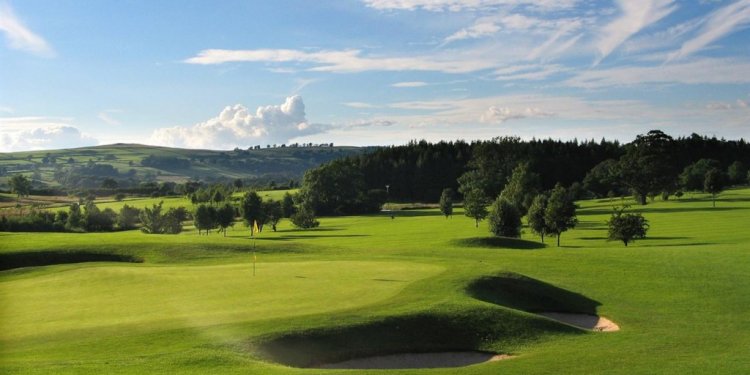
Attractions in Yorkshire Dales
Upper Wharfedale’s scenery is dominated by the Great Scar Limestone of the Craven Pennines, and throughout the valley white scars of rock mark the hillsides, sometimes forming spectacular outcrops such as Kilnsey Crag. Never far from the river, the B6160 road gives dramatic views of Wharfedale from Bolton Abbey up to the River Wharfe’s source over twenty miles away on Cam Fell above Beckermonds.
Anglian pioneers moving up the valley from the east during the 6th and 7th centuries established today’s village settlements - Bolton Abbey, Appletreewick, Hebden, Burnsall, Thorpe, Linton, Threshfield, Grassington, Conistone and Kettlewell. Tenth-century Norse settlers created the farm-hamlets of the upper dale beyond Buckden, itself a village on the edge of a Norman hunting forest. In medieval times Fountains Abbey and Bolton Priory owned great estates in Wharfedale and their monks evolved the pattern of roads and green lanes on the surrounding limestone uplands, with drove roads such as Mastiles Lane above Kilnsey.
Above Burnsall, Wharfedale’s distinctive landscape shows how the Enclosure Acts, mainly between 1780 and 1820, divided the old common fields in the valley bottom and on the lower slopes of the hills into rectangular pastures enclosed by hundreds of miles of limestone walls.
The ruins of Barden Tower recall the great Cliffords, whilst following the Dissolution the area around Bolton Abbey became the property of the Dukes of Devonshire, who planted trees to develop a parkland character in this part of the valley. Bolton Abbey with its riverside setting, nature trails and the famous Strid is a popular picnic and recreation venue.
















